More than 80% of social media content is comprised of imagery. An average user is going through a plethora of visual data thrown right at their faces – which gives your content, visibility for precisely Blink-of-an-Eye! Here are a couple of tips you could follow to give your images that extra quirk, when you are taking Phone Photographs for Social Media.
Make sure that there is enough light.
This is sort of the ground rule in mobile photography. The light sensors of a mobile phone doesn’t have enough sensitivity towards lesser intensities of light and creates poor visual noise across your photograph thus ruining it. Always make sure that you are shooting in a well-lit environment while doing indoors. If you are shooting during the day, try to use sunlight as the main source. You can use a white sheet of paper to bounce light to the darker areas and reduce the intensity of shadows.
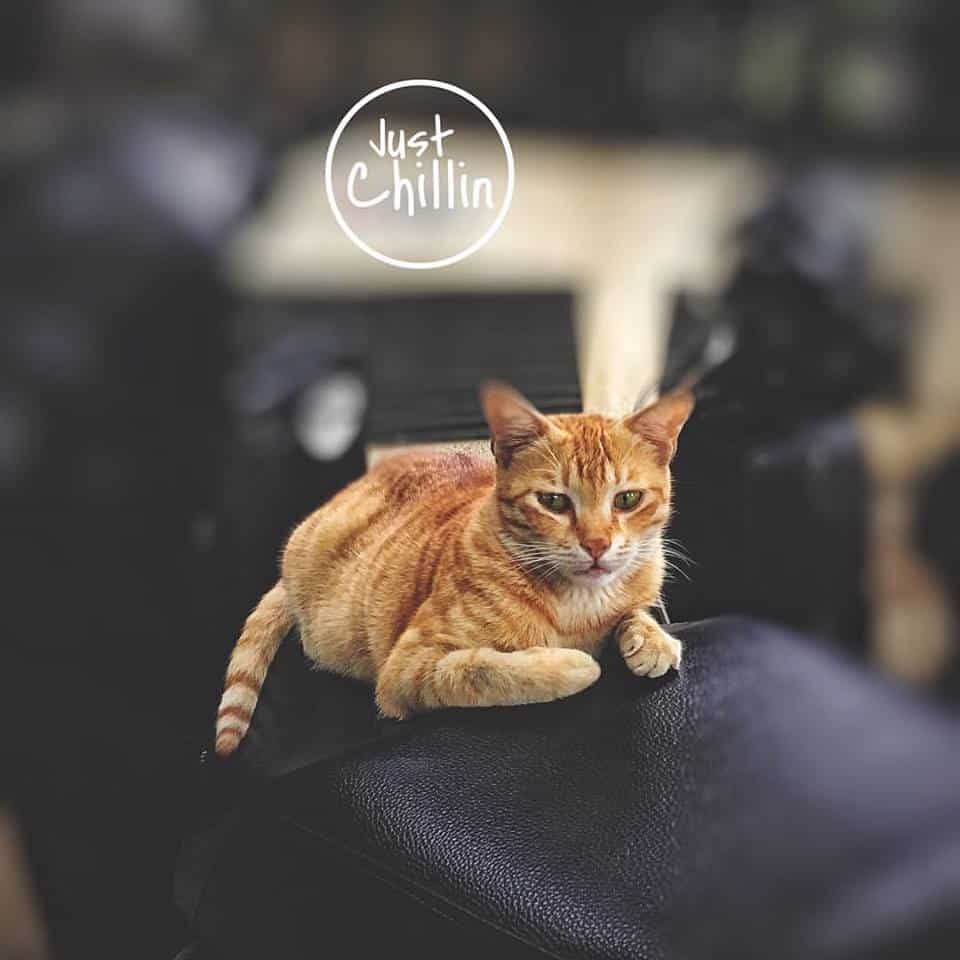

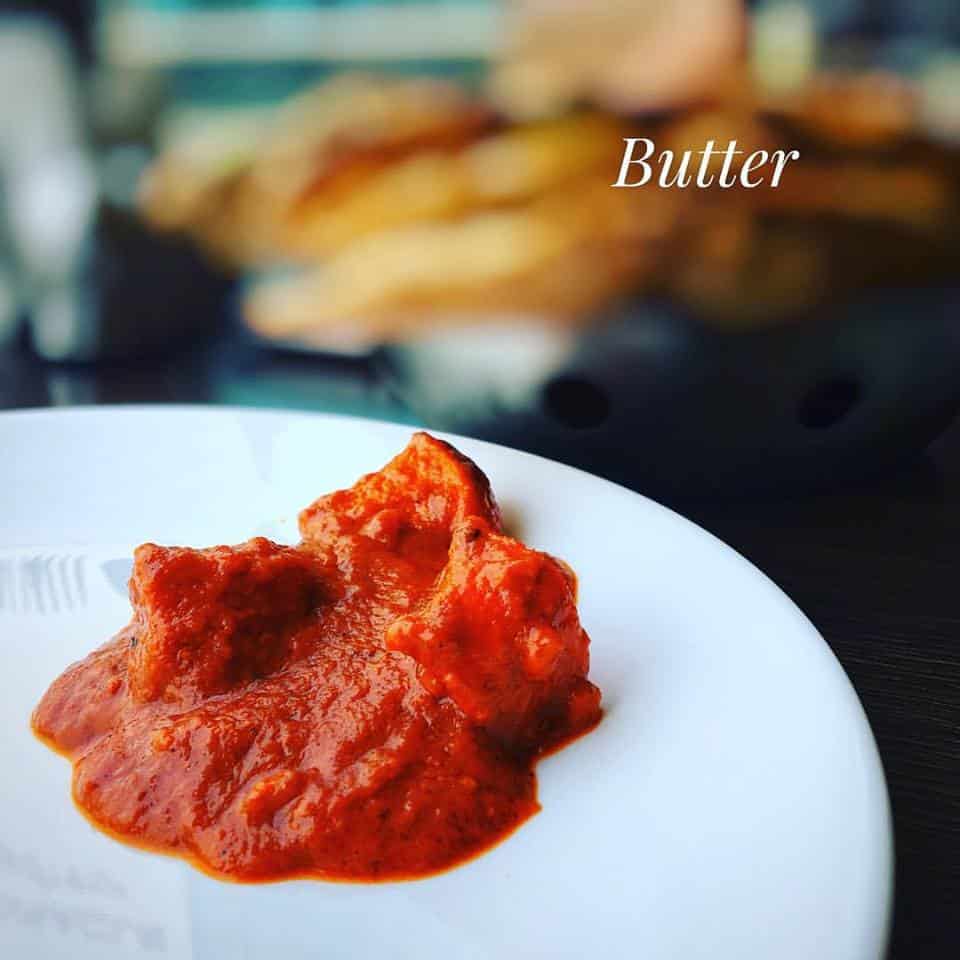
Do Not use the Flash
Using flash in mobile photography is a strict NO-GO unless you have a gun to your head. Try to use an external artificial light source, like a table lamp if you are shooting at a low-light environment. You can cover the lamp bulb with a soft tissue to make the light more diffused. Using flash will give you a dead flat image missing all the appealing details of the subject.



Compose your shots wisely
Instagram natively follows a 1:1 crop rule on all photographs. So when you are planning your shots, try to make the whole subject fit into a square resolution. If the subject is bigger to fit in the shot, try to focus just on an important portion that will still tell the story. Square dimensions works really well on Facebook as well. Its also critical to play with your eye-level. Do not always shoot things as the way you normally see it. Change your perspective!



Mise en Scene!
Mise en scene is how are you setting up your scene. How will you present the subject, other elements in the photograph, where are you shooting and blah. The priority should always be given to the subject but the surface you are shooting on, the colors you see on the background and how the composition is set- all of this has a very important role in telling your story. No matter how good the content is, imagine it being shot against a messy, crowded kitchen slab — it will just kill your appetite. .
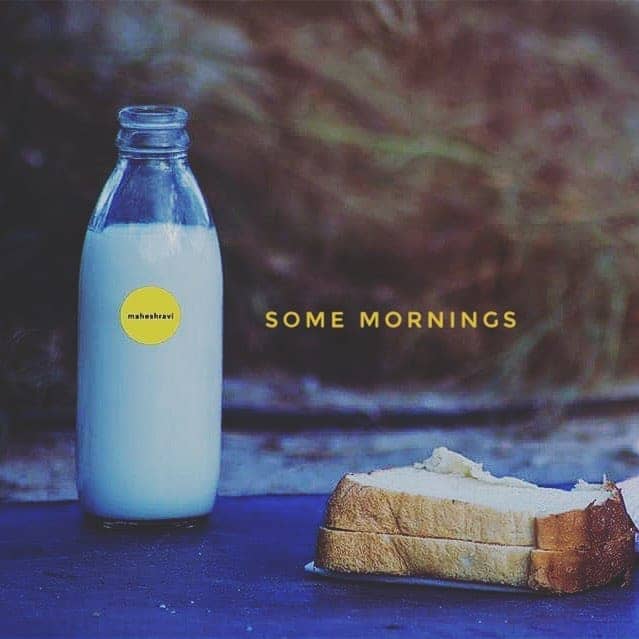

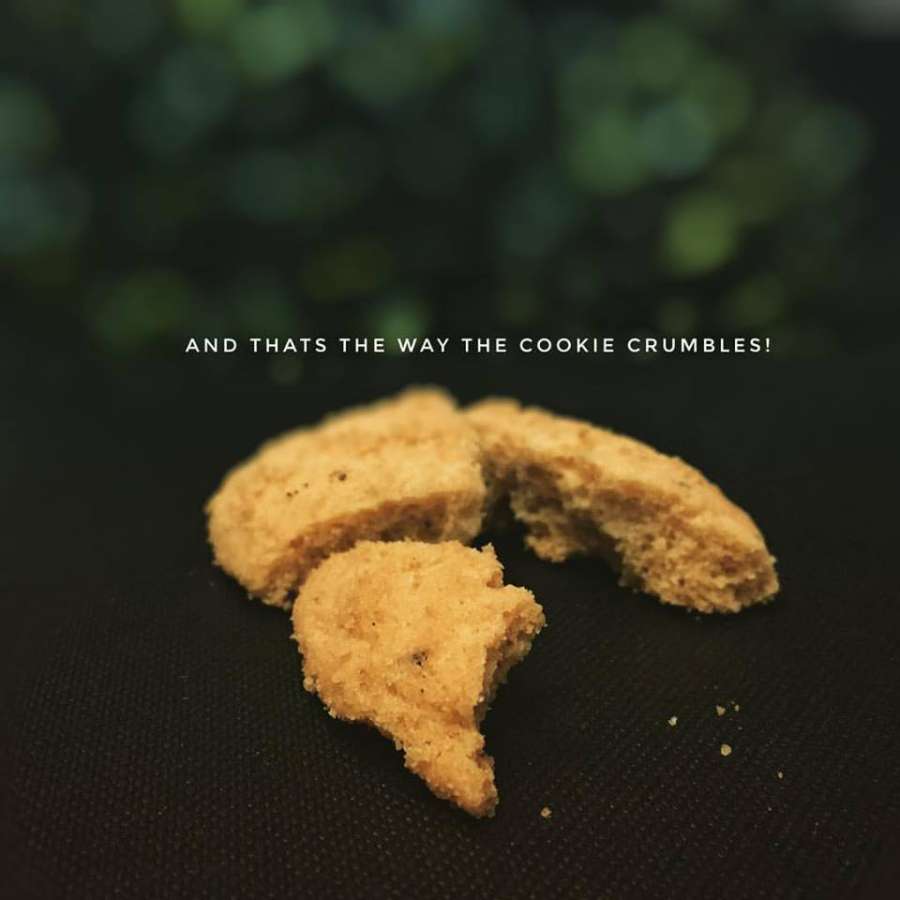
Choose the perfect backdrop
Try to use monotonous backgrounds especially while shooting food to avoid unwanted distractions. You can use colored cloths, plain paper sheets or even the sky. Another interesting and easy way of creating a background is by setting a gradient wallpaper on your laptop or tv screen and shooting against it. This will also work as a backlight for your subject.

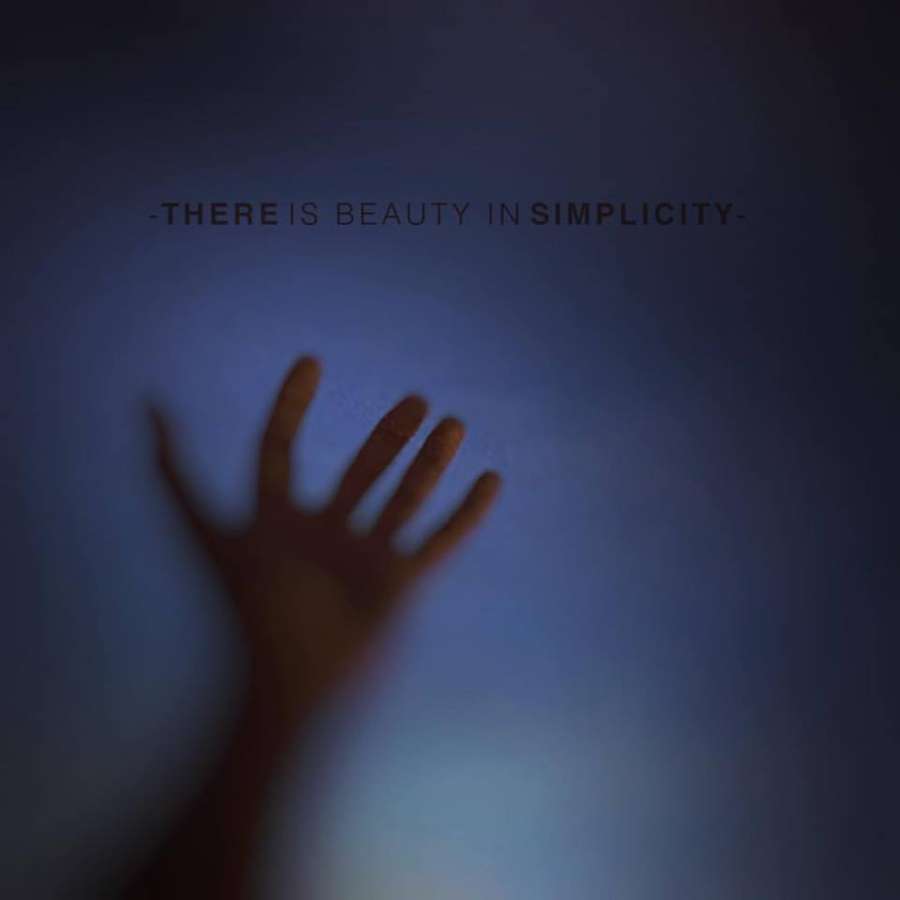
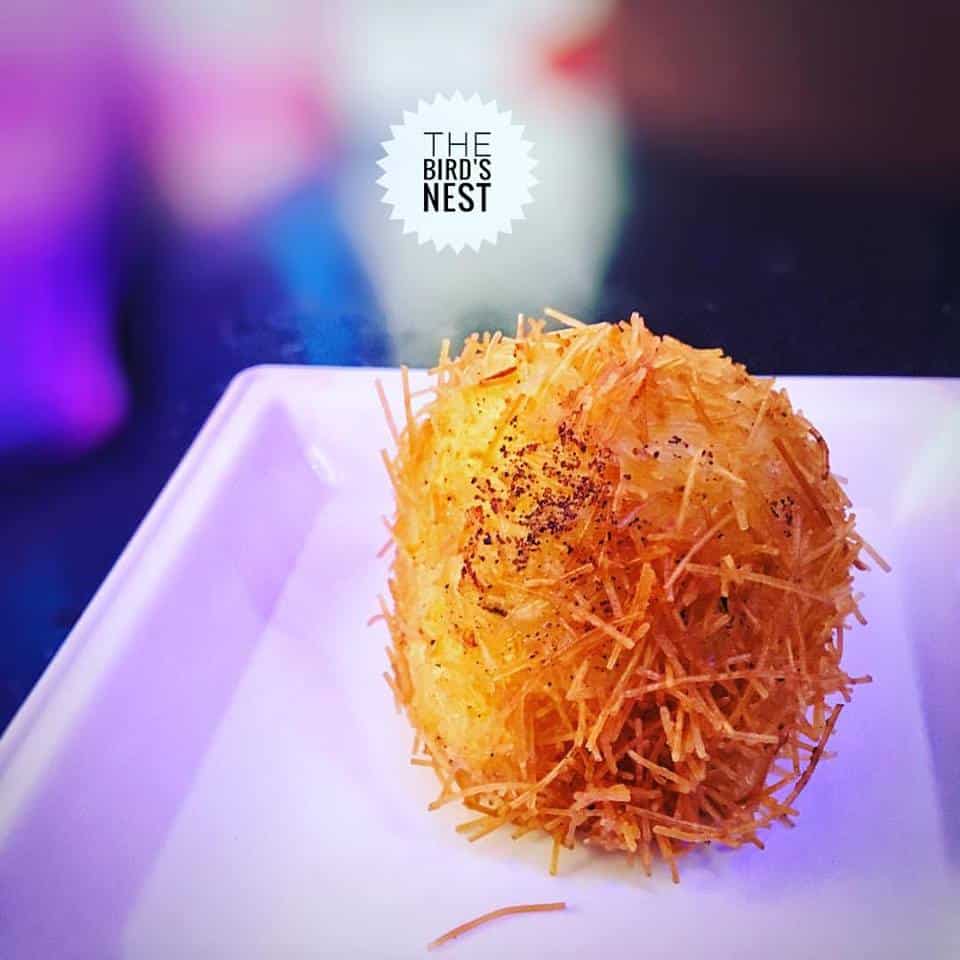
Post Process your photos
Subtle Post Processing will definitely enhance the aesthetic quality of your images. Snapseed is a free mobile app which allows to you have immense control over your photographic parameters. You can play with Depth of Field (Make sure that you are planning your shots in advance for a convincing shallow DOF effect), Exposure values, Sharpness and much more with this tool. Its also interesting to add Jives, stamps or Text on your photographs to convey a particular emotion along with the photograph.
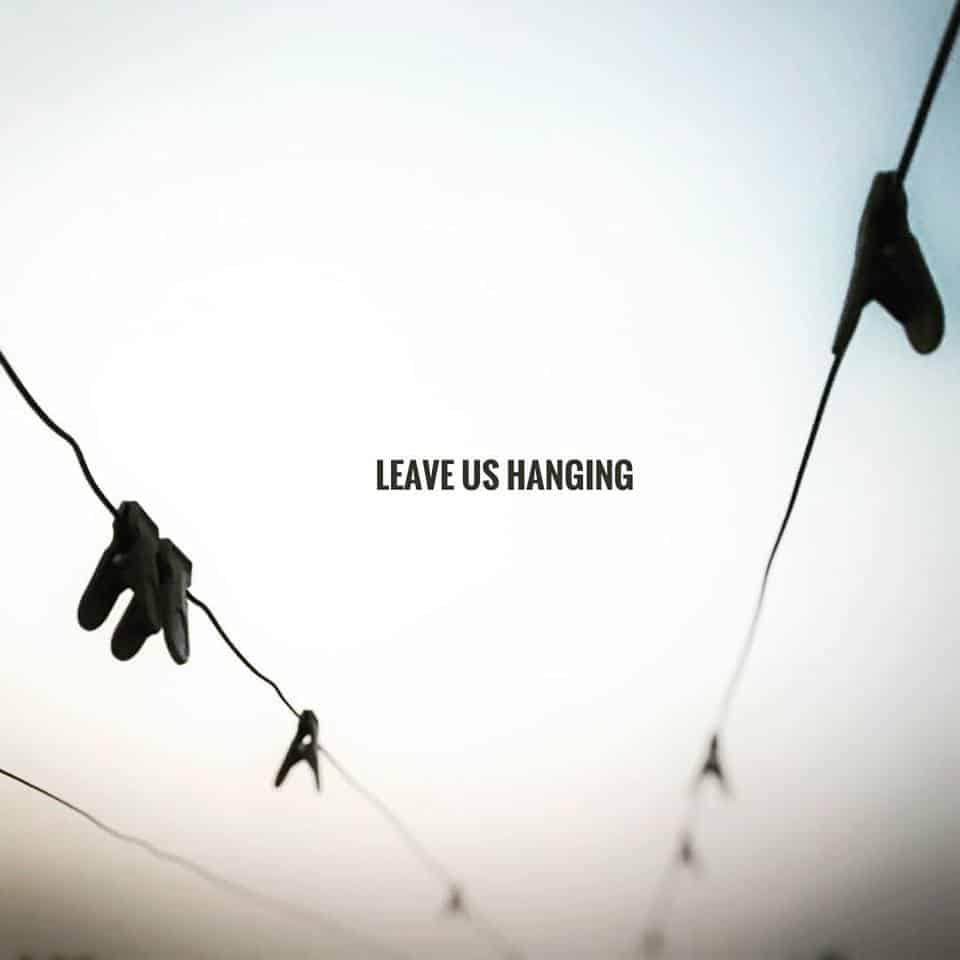
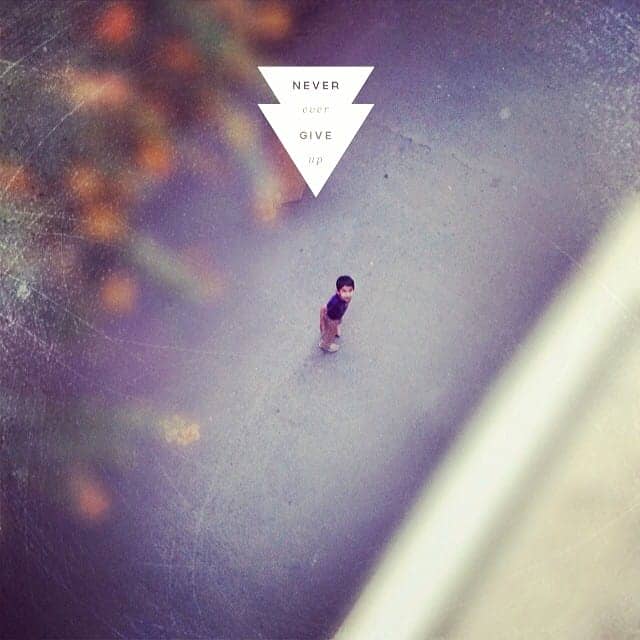
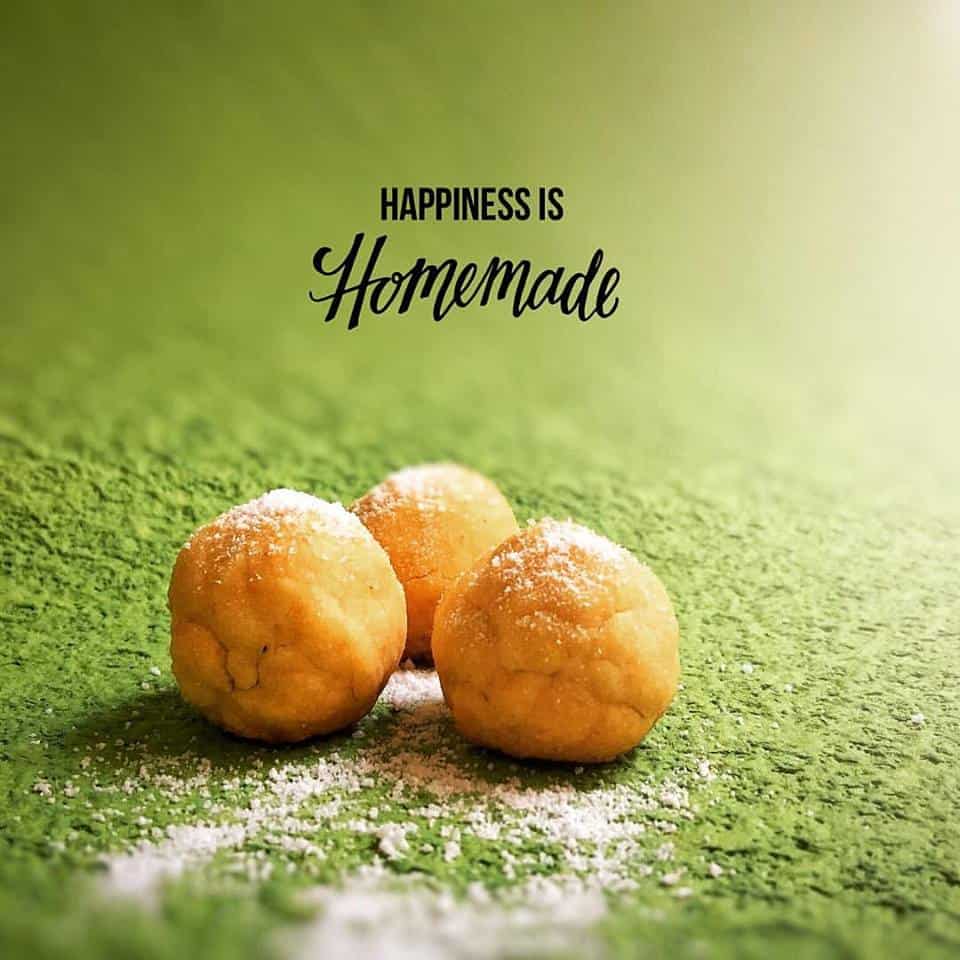
Tips by Mahesh Ravi
So that’s it! These tips applies to a variety of subjects, be it street, food, people, toys! Hope this guide comes handy to you when you are shooting your next homemade dinner. If you have any questions or suggestions, please comment them below.
Thank you!
Happy Phone-O-graphy!
Images captured and processed by Mahesh Ravi using an iPhone.
Apps used: SnapSeed, Lens Distortions, Instagram.

